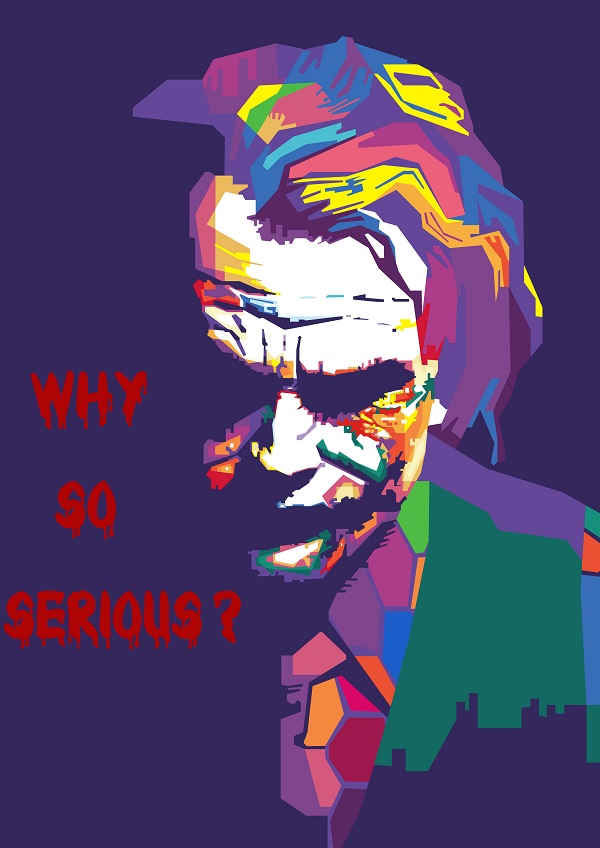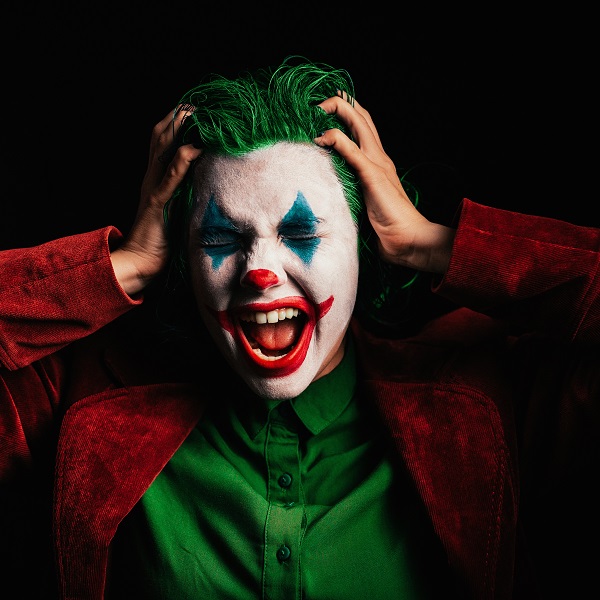The Hollywood blockbuster◆ Joker was released last October to great reviews. It was praised for its mostly accurate depiction of an under-reported medical condition and empathetic◆ portrayal◆ of the film’s afflicted character, Arthur Fleck, played by Joaquin Phoenix. __1__
In Joker, we learn that the villain◆’s haunting laugh is actually the manifestation◆ of a condition called the Pseudobulbar affect (PBA). PBA sufferers undergo episodes◆ of uncontrollable and inappropriate laughing or crying that can last for several minutes. __2__ PBA might seem to resemble mental illnesses like bipolar disorder◆ or severe depression, but it is actually a neurological◆ impairment◆ and not considered a mental disorder. Even though PBA affects between two and seven million people in the United States alone, it is seldom discussed in the media. Thanks to Joker, the condition is getting some well-deserved attention.
__3__ When a triggering incident occurs on a train during one of his episodes, Fleck snaps◆, and soon descends into the hideous◆ villainy that has become the Joker’s stock-in-trade◆.
Critics point out that Fleck’s episodes are exclusively laughing outbursts; he never cries. __4__ Citing other examples, they claim the film exploits those afflicted with the disease by oversimplifying◆ PBA for dramatic effect.
Joker has faced backlash◆ on the grounds that Fleck, a rejected man who uses horrendous◆ violence to strike back, is portrayed too sympathetically◆. Critics say this sends the wrong message to viewers. __5__ However, like violent video games, research suggests viewing such games and films doesn’t cause aggression.
(A) On the other hand, people may also suffer from PBA because of traumatic brain injury.
(B) However, the film quickly became a subject of controversy.
(C) Some have even called Joker a dangerous movie that could lead to people committing acts of violence.
(D) Because these outbursts are uncontrollable, PBA is sometimes called emotional incontinence.
(E) Real-life PBA sufferers, however, experience uncontrollable crying episodes far more frequently than laughing outbursts.
(F) In Joker, though not necessarily in reality, Fleck’s episodes are triggered by anger, anxiety, shock, or embarrassment.
 ▲圖片來源:Sherlock_wijaya / Shutterstock.com 
▲圖片來源:Kristina Kokhanova / Shutterstock.com 
▲圖片來源:Sushiman / Shutterstock.com |


沒有留言:
張貼留言